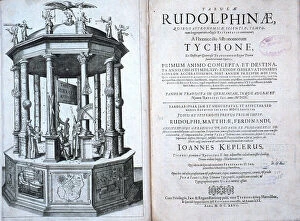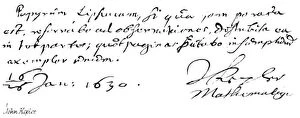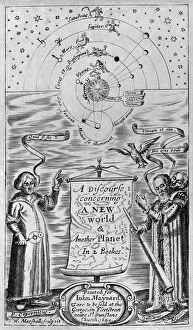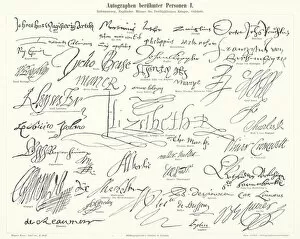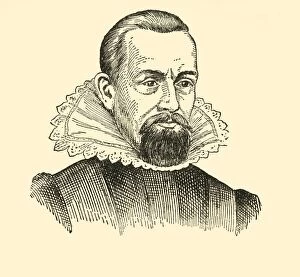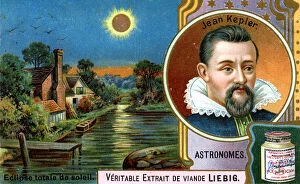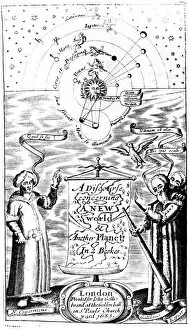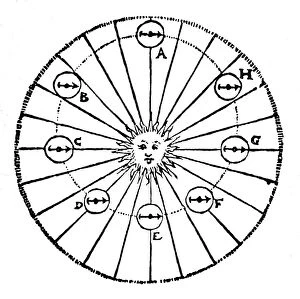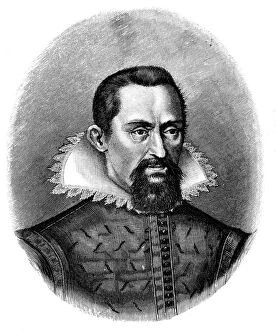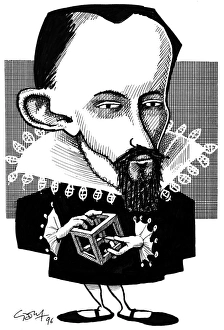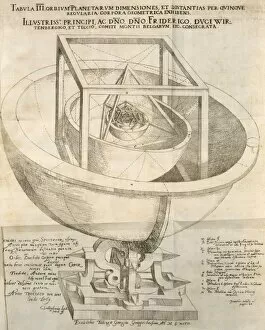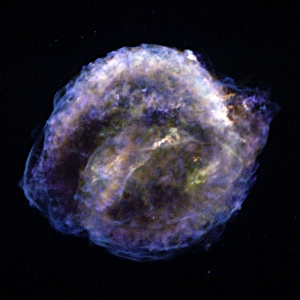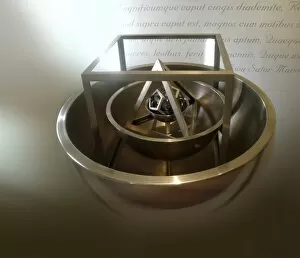Johannes Kepler Collection
Johannes Kepler, a renowned German astronomer born in 1571, made significant contributions to the field of astronomy during the 17th century
All Professionally Made to Order for Quick Shipping
Johannes Kepler, a renowned German astronomer born in 1571, made significant contributions to the field of astronomy during the 17th century. His groundbreaking work on planetary motion laid the foundation for modern celestial mechanics. Kepler's collaboration with Tycho Brahe at the Prague Observatory was instrumental in his research. Together, they observed and analyzed astronomical phenomena, including a total eclipse of the Sun. Their observations led Kepler to formulate his three laws of planetary motion, which revolutionized our understanding of how planets move around the Sun. In addition to his scientific achievements, Johannes Kepler was also an author. He wrote several influential books, such as "A discourse concerning a new world & another planet, " published in 1640. This frontispiece depicted his fascination with exploring new worlds beyond Earth. Kepler's dedication to science and exploration earned him recognition among prominent figures of his time. His autograph can be found alongside other famous individuals associated with Protestant Reformation, Britain, and even those involved in the Thirty Years War. Despite facing personal challenges like losing his mother during times of political turmoil (depicted in an engraving), Johannes Kepler persevered and continued to make remarkable discoveries throughout his career. Today, we remember Johannes Kepler as one of history's greatest astronomers whose work paved the way for future advancements in astrophysics and space exploration.


